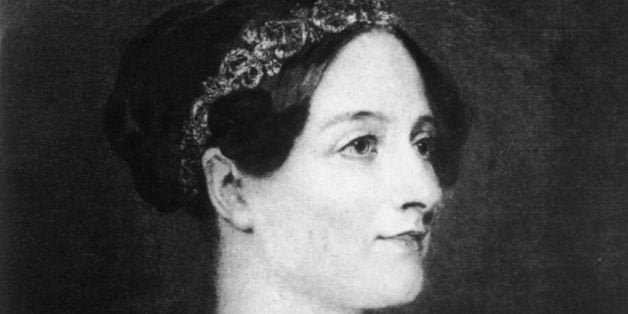
Close your eyes and picture the first computer programmer. Any chance the image of a 27-year-old woman comes to mind? Of course not.
But she existed. In the 1840s, Ada Lovelace drew on Charles Babbage's analytical engine and developed a method for calculating a sequence of Bernoulli numbers. Her approach is often credited with being the first attempt at software design.
It was an auspicious start for women in technology, but unfortunately, more than 170 years later, women remain woefully under-represented in technology and little funding is steered toward them.
Today, less than five percent of venture funds go to women-owned firms. This persists even though women-led private technology companies achieve a 35 percent higher return on investment and, when venture-backed, bring in 12 percent higher revenue than male-owned tech companies.
To be sure, all entrepreneurs are enjoying unprecedented advantages: capital requirements for start-ups are lower, product testing is affordable and easily accessible, and training and mentoring are widely available. This levels the playing field for women because these advantages are available to all.
And yet, I've been funding startups for more than 15 years and -- even though I'm seeing a greater number of women seeking to raise capital and more thoughtful opportunities being presented -- I'm concerned by how challenging it is for a woman to launch both a company and her dreams.
As a partner at Bloomberg Beta, a new investment fund backing early stage technology companies, my colleagues and I intentionally try to be more open about the way we work and take a different approach to venture capital and women-led startups. We haven't come up with a magic cure-all, but as one of the less than five percent of senior venture capitalists who are women, I can share a perspective on how to support female-led businesses.
Here's a short list:
- Creating a balanced team that encourages everyone to voice opinions. Forty percent of Bloomberg Beta's team members are women (two out of five, but still!), our lead attorney is a woman, and we have a policy mandating that any of our colleagues can say yes to investing in a business. Thus far, we've found our varied backgrounds have led to a productive review of new opportunities as well as broad-based support for founders after we invest. It will be a few years until we see how this translates into investment returns, but we're excited about the prospects.
All these are just ideas and none are revolutionary, but every revolution begins with an idea. I look forward to the day when it's not surprising that a woman is the engineer, the founder and the investor behind a startup. After all, wouldn't that be the best way to build upon Ada's legacy?
This post is part of a series produced by The Huffington Post and L'Oreal's Women in Digital program, which promotes, supports and recruits female entrepreneurs, providing them with the opportunity to launch and scale new technology. To learn more about the Women in Digital program and the Third Annual Women in Digital "NEXT Generation Awards," visit here.